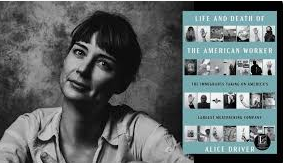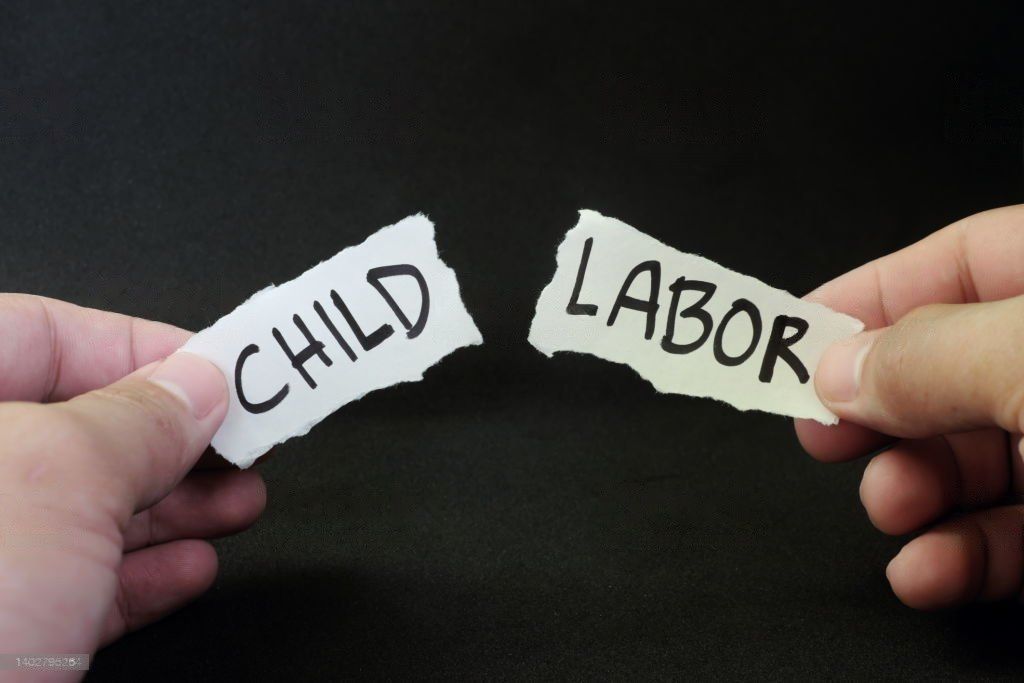A Review of Alice Driver’s Life and Death of the American Worker

“The Life and Death of the American Worker” by Alice Driver
The golden morsel of meat known as the chicken nugget became a staple in the American household and fast-food industry after its introduction in 1970. Despite the popularity of the McNugget and Burger King chicken sandwich, few people know that these items were invented by Tyson Foods. The company quickly became an industry giant, producing one out of every five pounds of chicken, beef, and pork sold in America in 2022, while remaining largely invisible to the public. As the company grew, so did its influence. Tyson became heavily involved in politics, using its power to limit worker regulation and boost profits.
Life and Death of the American Worker: Immigrants Taking on America’s Largest Meatpacking Company, written by Alice Driver, explores these influences. The book exposes the internal operations that allow the company to maintain its influence, focusing primarily on the exploitation faced by the immigrant population that works in the processing plants. Driver takes a worker-centered approach by drawing on interviews conducted from 2020 to 2024. She uses these interviews to explore the psychological and physical toll that working in the plants has, stating, “their labor was invisible, but I could see the marks of it on their bodies” (XIII). Although these workers process meat for millions of Americans, their work goes unseen— due in part to ag-gag laws that prohibit workers and visitors from recording photo, video, or audio evidence, but also because the work itself is considered undesirable. Tasks may include repetitively deboning chicken carcasses or throwing meat that’s fallen on the floor into a bin labeled “condemned.” This book makes this labor visible by highlighting the dangers of the meatpacking industry, which has historically been ignored by Tyson Foods.
Under the Trump administration and its diminished focus on labor rights, Driver’s book has become even more relevant. Research shows that child labor is driven by poverty and mainly occurs in agriculture, a sector dominated by migrant and immigrant labor. The Trump administration’s attack on the immigrant community amplifies the precarity of the immigrant status. Driver shares how the immigration system “functions exactly as planned because workers who live in fear are easier to underpay, mistreat, and silence” (11). This is illustrated through the story of two Indigenous minors from Guatemala who were not paid their full wages and worked 16-hour days. Her storytelling transports readers to the chicken houses where you might see “immigrant children, grabbing up to four chickens in each hand to cage them” (21). This description allows readers to see the reality of working in the plants without the propaganda that Tyson Foods and other meatpacking companies have pushed. Driver highlights that these workers are worth more than cheap labor. They have families and dreams and deserve to be treated as people rather than as robots.
This book is a brilliant reflection on the work started by Upton Sinclair with The Jungle in 1906. Driver opens her book with Sinclair’s question: “They were willing to work all the time; and when people did their best, ought they not be able to keep alive?” (XII). Over the next 208 pages, she answers this question, shedding light on an industry that has long remained invisible to the public eye.

Reviewer Alyssa Bredefeld, Child Labor Coalition intern.


